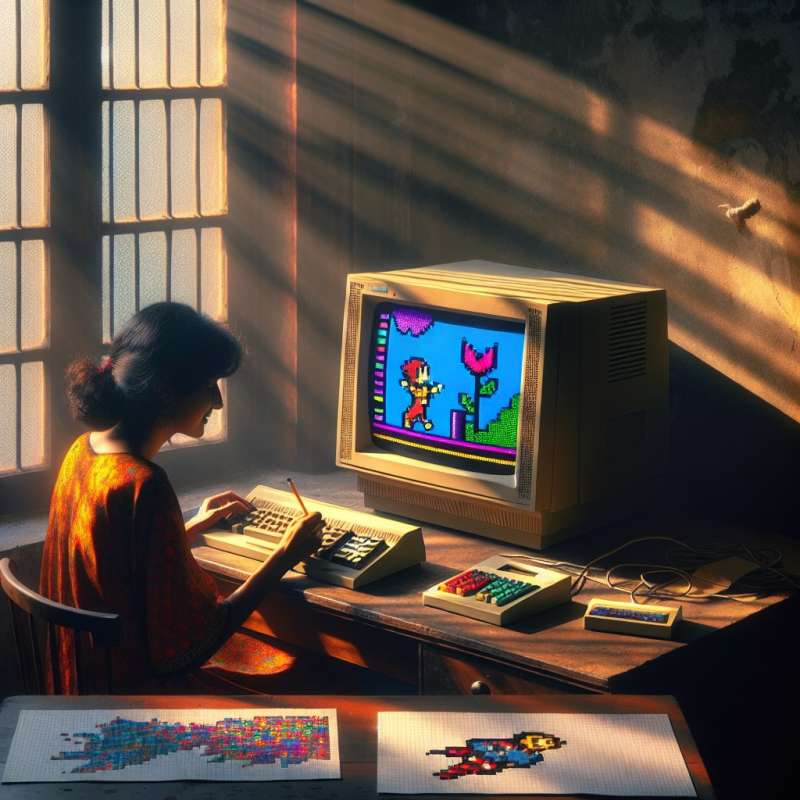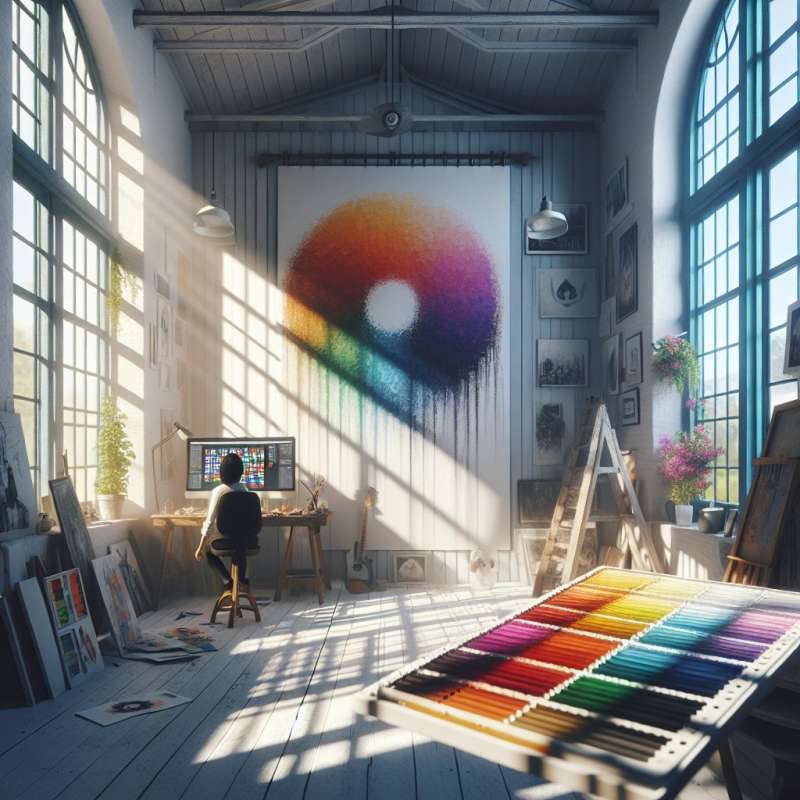
Understanding Color Limitations
8-bit color palettes are constrained to 256 colors. Early computing limitations required creativity within these bounds, influencing the nostalgic pixel art aesthetic popular in retro and modern games.
Color Theory Basics
Good palettes balance hue, saturation, and value. Hue creates the mood, saturation can imply depth, and value contrasts define shape. Study color theory to understand harmonious combinations.
Palette Size Matters
Not all 256 colors are used for characters and environments. Reserve colors for UI, effects, and transitions. Choose a primary set for consistent design, then add as needed.
Adaptive Palette Creation
Create palettes that adapt to different levels or times of day by altering hues and values, while keeping saturation consistent. This technique maintains visual coherence across varied game scenes.
Contrast and Readability
Contrast ensures readability and focus. Use high contrast for important gameplay elements and lower contrast for backgrounds. This guides the player's eyes intuitively through the game space.
Inspiration From Classics
Study classic 8-bit games. They often reused colors in multiple ways to maximize the palette. Analyzing these can inspire efficient color use and application in your game.
Testing Across Devices
Different screens display colors uniquely. Test your palette on multiple devices to ensure visual consistency and appeal. This can prevent unforeseen color issues post-launch.
How many colors in an 8-bit palette?
256 colors exactly
1024 colors total
16 million colors
Company